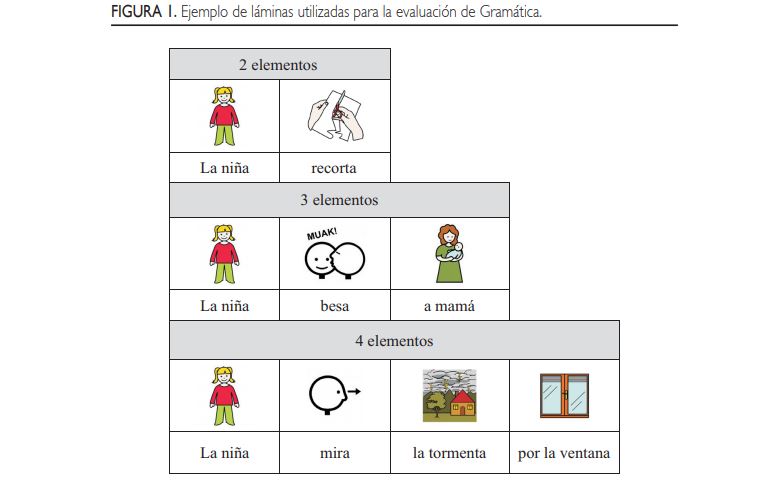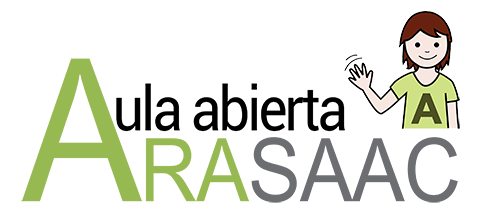Autores:
Manuela Miranda Fernández
Verónica Martínez López
Universidade Oviedo
Informação bibliográfica
Artigo científico sobre “Apoio auditivo-visual simultâneo em intervenção gramatical em participantes com deficiência intelectual”.
MIRANDA FERNANDEZ M.. e MARTÍNEZ LÓPEZ V.: “Apoio auditivo-visual simultâneo em intervenção gramatical em participantes com deficiência intelectual”. Jornal da Educação – Ministério da Educação e Formação Profissional
Disponível em http://www.educacionyfp.gob.es/revista-de-educacion/numeros-revista-educacion/numeros-anteriores/2020/389/389-5.html
Introdução
Estudos de perfis de linguagem na deficiência intelectual (DI) mostram que a competência gramatical é afetada em algumas síndromes genéticas. Pesquisas sobre aprendizagem de línguas em DI revelam que o papel da audição está comprometido, que a aquisição de vocabulário e gramática é determinada pela baixa capacidade de memória auditiva e que o material visual facilita o reconhecimento de sons, vocabulário e gramática.
Objetivos: Determinar se o apoio auditivo-visual simultâneo melhora a linguagem, aumentando o reconhecimento de sons, vocabulário e gramática, e analisar se os sujeitos com ID com um nível mais elevado de idade verbal e memória auditiva obtêm melhores pontuações em sons, vocabulário e gramática após a intervenção.
Metodologia: O design é quase experimental pré-postest com grupo experimental e grupo de controlo. A amostra é constituída por 12 participantes com Identificação entre os 10;11 e os 16;11 anos, matriculados no ensino especial.
Procedimento: Material auditivo-visual de 50 sequências de pictogramas ARASAAC associados a 50 sons diferentes.

Resultados: Aumento significativo pós-intervenção nos sons, vocabulário e gramática; e um aumento do vocabulário pós-intervenção nos participantes com maior amplitude de memória auditiva.

Discussão: Esta intervenção é eficaz e reflete a importância do material visual no desenvolvimento linguístico em ID.
Abstract
Introduction: Studies of linguistic profiles in intellectual disability (ID) show that grammatical competence can be altered in some genetic syndromes. Research on language learning in ID reveals that the role of audition is compromised, vocabulary and grammar acquisition are determined by its scarce ability in auditory memory and visual material facilitates sounds recognition, vocabulary and grammar.
Aims: To determine whether simultaneous auditoryvisual support improves language increasing sounds recognition, vocabulary and grammar, and to analyse whether ID participants with a higher level of verbal age and auditory memory obtain better results in sounds, vocabulary and grammar after intervention.
Method: The design is cuasi-experimental pre-test and post-test with an experimental group and a control group. The sample is composed of 12 ID participants ranging in age from 10;11 to 16;11, receiving special education.
Procedure: Auditory-visual material made up of 50 sequences of ARASAAC pictograms associated with 50 sounds.
Results: A significant increase after intervention concerning sounds, vocabulary and grammar; the participants from the experimental group with higher auditory memory only increased their vocabulary after intervention.
Discussion: This intervention is effective and show the importance of visual support in linguistic development in ID.











